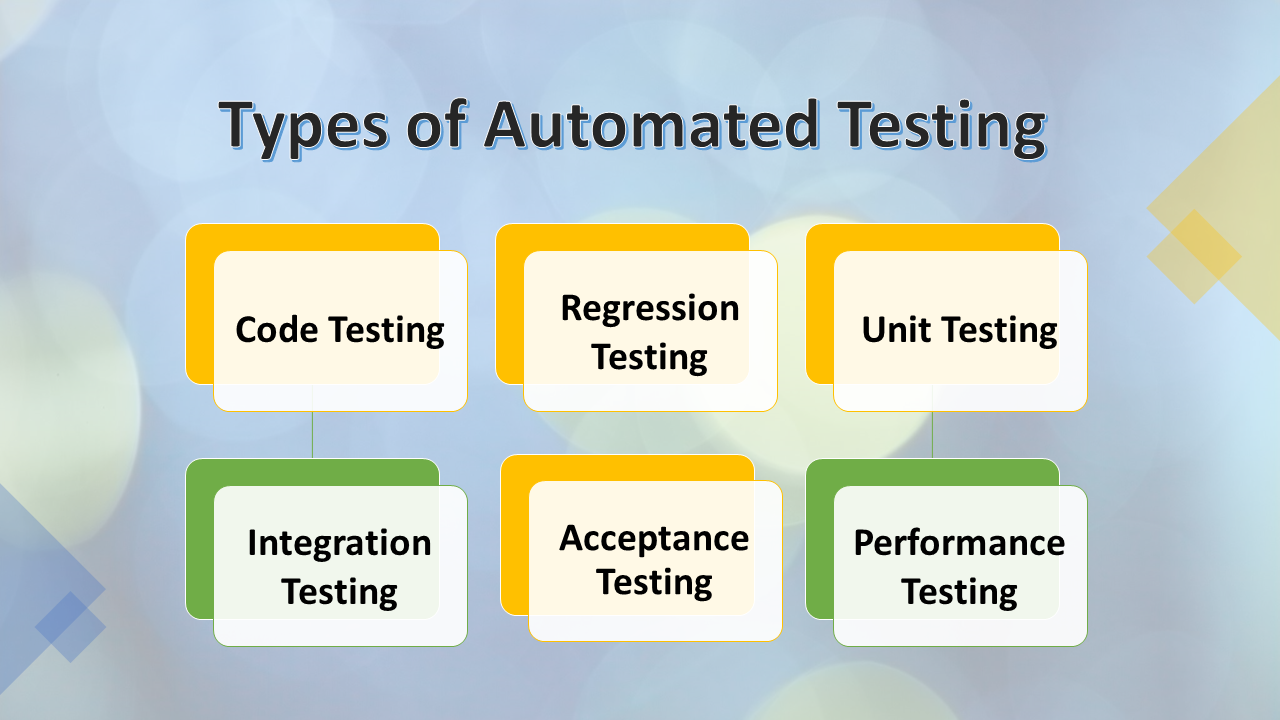From Handbook to Automated Screening: A Comprehensive Guide to Transitioning Smoothly and Efficiently
In the realm of software program screening, the change from handbook to automated processes has become an increasingly vital change for companies looking for to improve effectiveness and accuracy in their testing practices. As modern technology remains to breakthrough, the demand for smooth and efficient automatic testing approaches has actually never ever been much more pressing. The trip from handbook to automated testing is not without its challenges, but when approached strategically and with a clear strategy in mind, the benefits can be substantial - automation testing. In this comprehensive overview, we will certainly explore key actions and factors to consider essential for an effective shift, from the initial option of tools to the combination of automation into existing workflows. Keep tuned to discover the understandings that will certainly aid lead the way for a smoother and much more reliable screening process.
Benefits of Automated Examining
Automated testing supplies countless benefits, boosting performance and accuracy in software program development procedures. One primary benefit is the substantial decrease in testing time. Automated tests can be run at the same time on multiple tools and running systems, significantly accelerating the screening phase contrasted to manual testing. This increased efficiency enables for faster comments on the top quality of the software, making it possible for developers to identify and resolve issues promptly.
In addition, automated screening ensures a higher degree of accuracy in discovering problems. Uniformity in screening is additionally improved, as automated tests carry out the exact same steps specifically each time they are run.
Choosing the Right Tools

Firstly, examine your needs and goals. Understand the range of your task, the technologies entailed, and the skill set of your group. This analysis will certainly assist you establish the abilities and attributes you need in your testing tools.
Second of all, consider the compatibility of the tools with your existing systems and processes. Seamless combination with your present software growth lifecycle is crucial to ensure a smooth change to automation.
Furthermore, review the scalability and adaptability of the tools. As your screening requires evolve, the devices must have the ability to adapt and fit modifications efficiently.
Last but not least, variable in the assistance and area around the devices. When implementing automated testing, durable assistance and an active user neighborhood can provide useful sources and help. By thoroughly thinking about these aspects, you can select the right tools that align with your requirements and set the phase for an effective change to automated testing.
Composing Effective Test Manuscripts

When crafting examination manuscripts, it is important to take into consideration the specific demands of the software being evaluated and ensure that the scripts deal with all vital functionalities. Detailed and clear naming conventions for examination manuscripts and test situations can enhance readability and maintainability. Furthermore, incorporating mistake handling mechanisms within the examination scripts can help in determining and addressing issues quickly.
In addition, organizing test manuscripts into modular elements can enhance reusability and scalability, minimizing redundancy and improving efficiency in examination script upkeep. Routine testimonials and updates to check manuscripts are critical to maintain pace with progressing software requirements and performances. By adhering to these principles, testers can produce robust and reliable test scripts that contribute dramatically to the success of automated testing processes.
Integrating Automation Into Workflows
By seamlessly incorporating automated testing tools like Selenium or Appium into the software development lifecycle, groups can accomplish faster feedback on code modifications, leading to quicker insect detection and resolution. This integration permits for continual testing throughout the growth process, guaranteeing that any kind of concerns are recognized early on, resulting in greater software application top quality. Correct assimilation of automation devices needs cooperation in between growth, testing, and procedures teams to establish a unified operations that maximizes effectiveness and efficiency in providing high-grade software program products.
Guaranteeing a Smooth Change
Effectively transitioning to automated testing entails precise preparation and cautious implementation to reduce disturbances and take full advantage of efficiency in the software application advancement procedure - automation testing. To make sure Check This Out a smooth shift, it is crucial to begin by performing an extensive evaluation of the current screening processes and determining locations where automation can bring the most considerable advantages. Involving with all stakeholders at an early stage while doing so, including programmers, testers, and project supervisors, is vital for gathering support and buy-in for the automation campaign
Communication is crucial during this change phase. Clear interaction of the about his goals, benefits, and expectations of automated testing helps to manage any kind of resistance or worries that might arise. Additionally, providing appropriate training and sources for employee to upskill in automation devices and techniques is important for guaranteeing a successful shift.

Final Thought
In final thought, transitioning from handbook to automated screening provides many benefits, including boosted effectiveness and dependability. By choosing the ideal devices, composing effective examination scripts, and integrating automation flawlessly right into process, organizations can make sure a smooth and effective change. It is necessary to welcome automation as an important property in software screening procedures to boost general quality and performance.
In the realm of software application testing, the change from handbook to automated processes has actually ended up being a significantly essential transition for organizations looking for to boost effectiveness and precision in their testing methods. Automated tests can be run concurrently on numerous tools and running systems, considerably speeding up the screening stage compared to hand-operated testing. Consistency in screening is likewise improved, as automated examinations perform the very same actions specifically each time they are run.To guarantee the successful application of selected screening tools, the production of efficient examination scripts plays a crucial function in great site validating the capability and performance of automated procedures - automation testing. By following these principles, testers can produce durable and efficient examination scripts that add dramatically to the success of automated testing processes